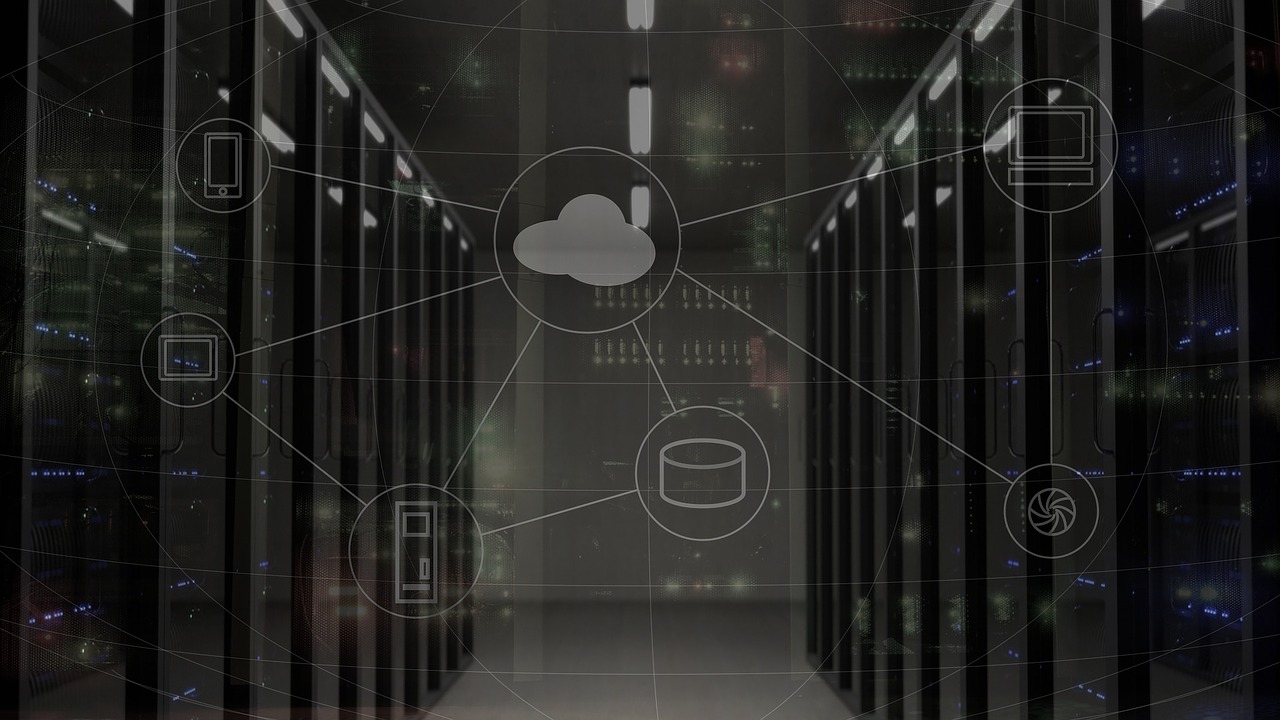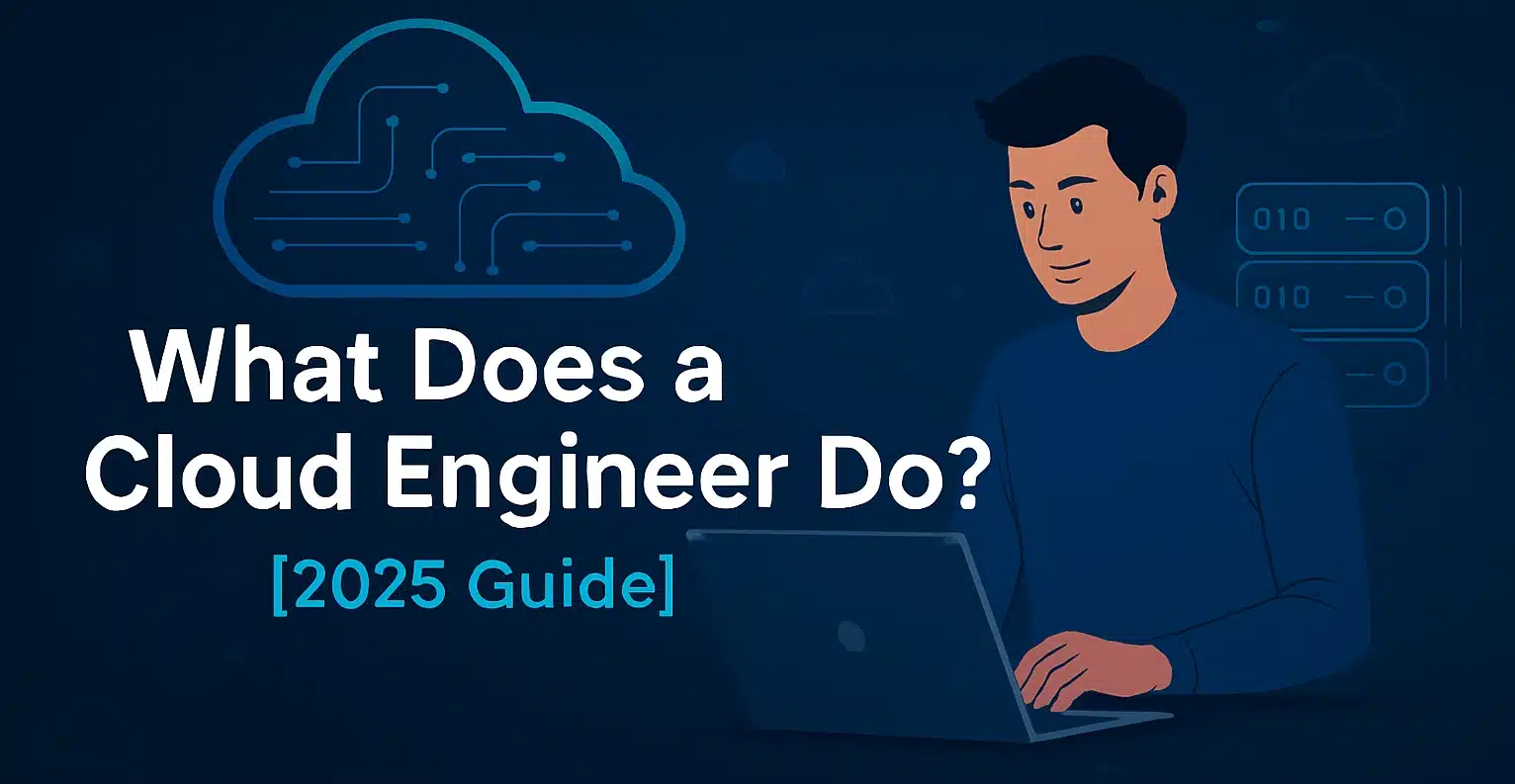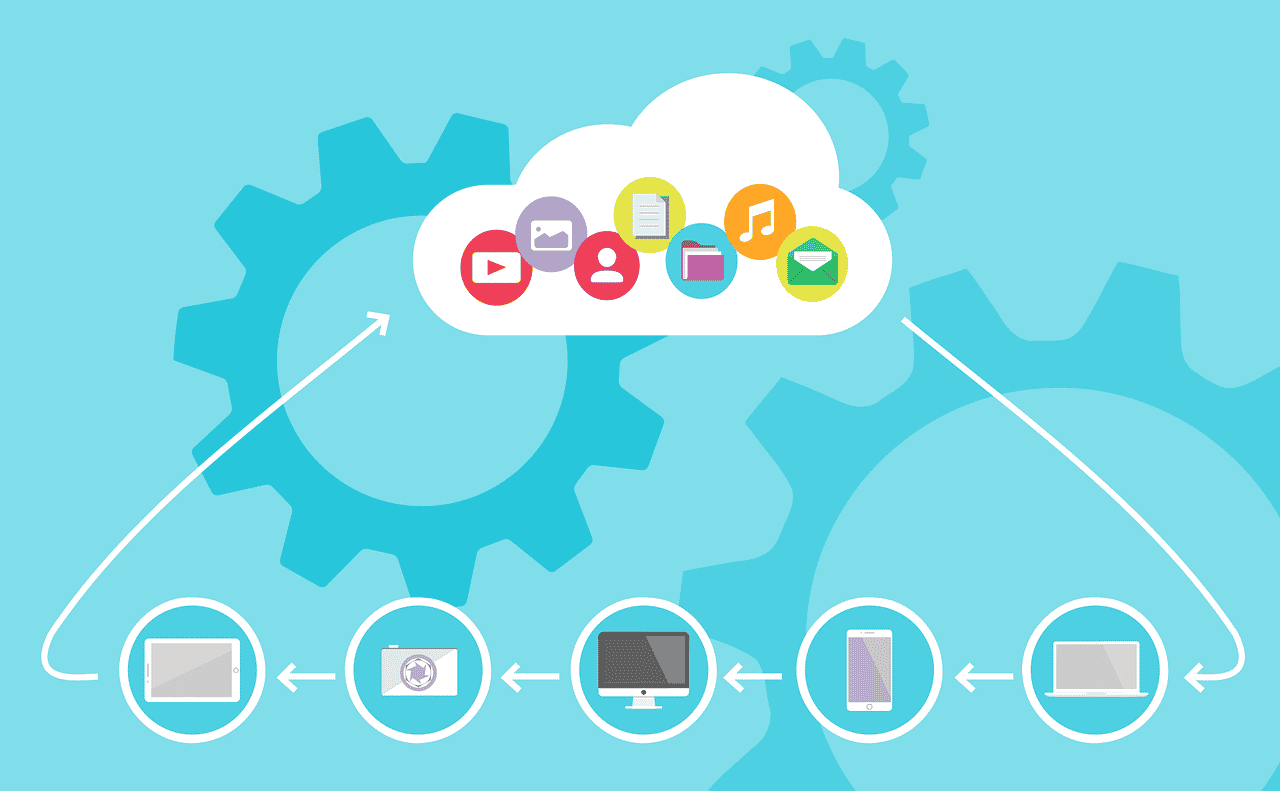As is well known, both small and large businesses use cloud computing services to store information on the cloud and provide access to it whenever and wherever they have internet access.
Cloud architecture combines event-driven architecture and service-oriented design. In this blog about cloud computing, we will throw some light on what it is, its architecture, and also the major benefits cloud architecture brings into the picture.
Table of Contents
- What is Cloud Computing?
- Cloud Architecture: Explained
- Components of the Cloud Architecture
- Benefits of Cloud Architecture
- Conclusion
- Recommended Articles
What is Cloud Computing?
In today’s fast-paced and competitive environment, it has become essential for businesses to provide fast, constant, and affordable services to their customers as per their requirements. And this business expectation has further escalated due to the internet and e-commerce. Businesses must procure and set up resources and IT infrastructure for instantaneous service provisioning to their end customers. This is not possible in a traditional business environment due to the latency in the procurement process.
Cloud computing combines various architectures like the grid and distributed and ubiquitous computing that help businesses procure required services instantaneously per their requirements. Here, remote access is provided to the users of some service that is present on the “cloud” by a cloud service provider. This section of the service is treated as belonging to the business till the business uses the service and is managed to varying degrees by the cloud providers. There are various cloud service providers today, most notably, AWS by Amazon, Azure by Microsoft, and GCP by Google.
They provide various services to their users like computational security, storage, management, and monitoring services, to name a few.
Cloud Architecture: Explained
Irrespective of the service provider provisioning the services, all cloud provisions follow a basic architecture to provide their services to users. This architecture combines two concepts: Service Oriented Architecture (SOA) and Event-Driven Architecture (EDA). All the services provided by the cloud are classified into two categories based on their task, namely the front-end and back-end categories.
The general architecture of cloud computing is as given in the below-given diagram.
Components of the Cloud Architecture
Let us understand the various components of the cloud computing architecture better.
- Frontend components
The front end mainly consists of components that interact with the client. It contains the various interfaces required for accessing the cloud computing platforms. It also includes web browsers and web servers used by the client for connecting and interacting with the internet. All fat and thin clients and interactive devices like tablets, laptops, mobiles, etc.
- Backend components
The back-end components are responsible for the management and security of the provisioned cloud services. It is also responsible for ensuring proper front-end running and is mainly used by the cloud service provider. Various services provided by the Back-end as a part of the cloud services are:
- Application
It refers to the platform or storage the client has been given access to. It is responsible for provisioning services to the user as and when required.
- Services
Irrespective of cloud providers, there are three basic types of service provisioning models available, namely the Infrastructure-as-a-service (IaaS), the Platform-as-a-service (PaaS), and the Software-as-a-service (SaaS). Services are also responsible for the management of services accessed by the users.
- Runtime
Also known as Cloud runtime, it refers to the provisioning of runtime, execution environments, and dependencies in a virtual machine.
- Storage
Most clouds offer highly scalable and flexible storage services for various data models. They also offer backup and archival services for data.
- Infrastructure
Cloud Infrastructure includes all the hardware and software units required by a user like servers, storage, networking devices, virtualization, monitoring softwares, etc.
- Management
Managing all the back-end units like applications, storage, infrastructure, security, monitoring, etc.
- Security
Executing various security mechanisms implemented by cloud and user to ensure the security of all cloud assets.
Benefits of Cloud Architecture
- Reduced cost of provisioning since various managed services are virtually provisioned as and when cloud providers require. This removes the procurement and management responsibility and expenses from the heads of the business owners.
- Auto recovery and scaling mechanisms provide almost uninterrupted access to services over the internet. This leads to better disaster recoverability.
- All layers of the cloud infrastructure are secured with various security mechanisms like data encryption, patch management, and monitoring policies to keep the cloud secure from malicious attacks.
- Overall reduction of effort on the setup and management and setup of an infrastructure for your business.
Conclusion
With this, we are about to wrap up this article about cloud architecture. However, if you wish to further your understanding of the topic, you can go and check out our free Cloud Computing Architecture course.





